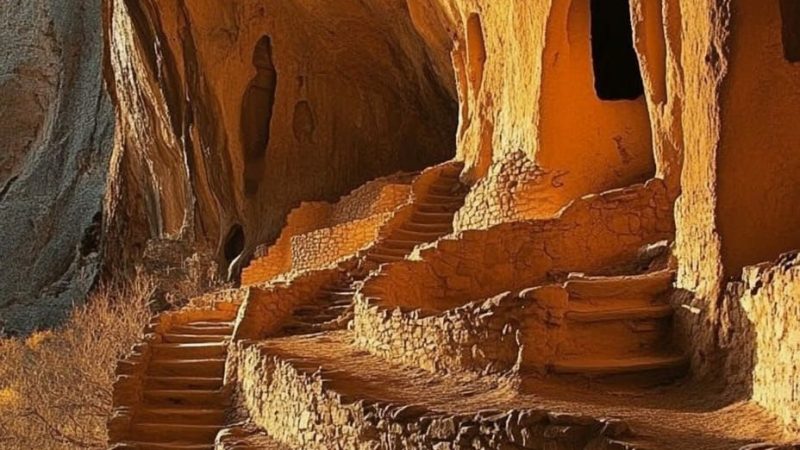Exploring the Wilderness of Kootenay National Park, Canada 🌲
Nestled in the heart of the Canadian Rockies, Kootenay National Park is a hidden gem that offers a blend of awe-inspiring landscapes, diverse ecosystems, and rich cultural history. Spanning over 1,400 square kilometers, this park is part of the Canadian Rocky Mountain Parks UNESCO World Heritage Site and is known for its dramatic contrasts, from snow-capped peaks to lush valleys and arid canyons.
Kootenay National Park is renowned for its stunning natural beauty. One of its most famous features is the Radium Hot Springs, where visitors can soak in warm mineral-rich waters surrounded by towering cliffs. For those who enjoy hiking, the park offers a range of trails suitable for all levels. The Stanley Glacier Trail provides breathtaking views of glaciers and waterfalls, while the Paint Pots trail takes visitors through colorful ochre beds once used by Indigenous peoples for painting and ceremonial purposes.

The park is also home to a variety of wildlife. It’s common to spot elk, bighorn sheep, and even black bears while driving or hiking through the park. Mountain goats are often seen navigating the steep cliffs, and the forested areas are teeming with smaller mammals like squirrels and marmots. Birdwatchers can enjoy spotting species such as the Clark’s nutcracker or the golden eagle.
Kootenay National Park is a geologist’s paradise. The park’s landscape is shaped by millions of years of tectonic activity and erosion. Visitors can explore Marble Canyon, a deep limestone gorge carved by Tokumm Creek, with turquoise waters cascading through it. Another popular geological feature is the Floe Lake, where a pristine alpine lake reflects the surrounding mountain peaks, offering a serene and magical atmosphere.

The park also showcases the unique Kootenay Valley, where the arid slopes create a stark contrast to the lush forests below. This diversity in ecosystems allows visitors to experience a range of climates and landscapes, all within a short distance of each other.
Beyond its natural wonders, Kootenay National Park holds significant cultural and historical value. Indigenous peoples, including the Ktunaxa and Shuswap nations, have long called this area home. They used the park’s resources for sustenance, trade, and spiritual practices. Visitors can learn more about Indigenous history and the use of the land through interpretive signs and guided programs offered by the park.

The park was established in 1920 as part of an agreement to build a highway through the area. Today, the Banff-Windermere Highway (Highway 93) runs through the park, offering scenic drives with plenty of opportunities to stop and explore.
For adventurers, Kootenay National Park offers a wide range of outdoor activities. From camping under the stars to backcountry hiking and snowshoeing in winter, the park is a year-round destination for outdoor enthusiasts. The park’s rivers and streams also provide opportunities for fishing, while those looking for a more relaxed experience can enjoy wildlife watching or photography.

Kootenay’s proximity to other national parks like Banff and Yoho makes it a great addition to a broader exploration of the Canadian Rockies.



